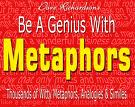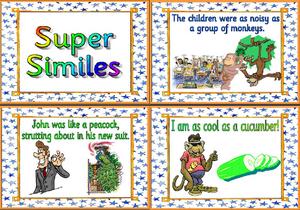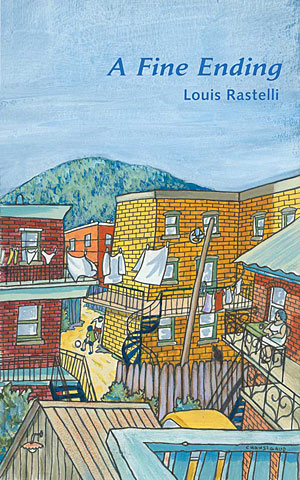These are the Writing Crafts and Techniques that our class has been learning to enhance our writing. In order to have a top notch story, you must use all of these.
~Madison and Lindsey
Title
The title of your story can either intrigue the reader, making them want to read more, or it can turn them off completely. As you can see, choosing a good title is vital if you want people to read your story. To have an excellent title you should always leave the reader hanging. For example, the title " What Happened When I Failed my Math Test" isn’t very appealing. You already know most of the story, but if the title was "My Huge Mistake" you would wonder what the mistake was and what happened. Your title should leave your readers with questions as to what's going to happen in your story.
Lead
The lead of your story is the beginning, or opening. This part of the story is very important, because (in most cases) it is how the reader decides if they should or shouldn’t read your story. In the lead, you must hook the reader. To do that, you must consist of something intriguing, that provokes their curiosity. A way to make the reader curious is by ending your lead with an onomatopoeia (a sound word), if the last sentence of your lead was: "There was a huge BANG from the kitchen!" That would encourage the reader to find out what caused the noise.
Toss Out Tired Verbs
What tossing out tired verbs means is to replace a tired verb (a verb that is overused and dull) (such as run), with a new, exciting one (such as sprinted). If you are repetitive in your story, using identical verbs in each sentence, the story will get monotonous. Examples of dull verbs are: run, sit, stood, jumped, etc. If you used verbs like: sprinted, plopped, pondered, pounced. Your story will have spice and attract readers.
Show Don't Tell
What show don’t tell means, is to give clues to your
readers about what you are trying to say. To show don’t tell you don’t want to flat-out tell the reader what is happening, that will just make your story boring. An example of show don’t tell is, "When my mom told me that I had won the science fair, my mouth stretched from ear to ear and my eyes twinkled." I didn’t tell you that I was happy, I showed you. You know that you showed when you read through and find that you didn't say the emotion, you gave a physical description.
Focus
Having a focused story helps your readers to understand and not confused. Focusing your story really means to stay on topic and not jump around. In the middle of a paragraph about one thing, you shouldn't talk about something else (save it for a different paragraph).
To focus your story, first you need to have a narrow and manageable topic or if you have more than one main point of the story you should separate them in your paragraphs. This will make your story organized, easily read, and focused. An example of an unfocused story is "I had the most wonderful day. I went rollerblading at a rink. My favorite part was when I went to the park. Anyway, at the rink I saw my best friend Samantha, so we skated together. I also saw my friend James. At the park I rode my bike."
An example of what this story would be like if it was focused is; "I had a wonderful day today. My favorite part was going to the park. At the park I rode my bike. It was fun but I fell off one time and hit my head.
After that, I went to the roller rink and had a good time, I even saw my friends Samantha and James."
Sharpen the Picture
Sharpen the Picture is a craft/technique that you use when you give more detail, therefore creating a picture in the reader's mind. Think of an object, what does it smell like? What is the texture, color and shape? Is it beautiful or ugly? The more the merrier! When the reader can imagine exactly what you imagined, that's when you know that you sharpened the picture.
Similes
and Metaphors
A simile is a comparison of two things using like or as, an example of a simile is: The bread was so stale, it was hard as rock. A metaphor is a comparison when you state that one thing is another when it's really not. An example is: The cloud was a cotton ball in the sky.
The use of similes and metaphors in your story makes it clearer for the reader to picture the object that you are describing.


Compare to Make it Clear
Compare to make it clear is a writing craft/technique that helps you to sharpen the picture. With compare to make it clearer, you could use similes and/or metaphors to, you could also make some type of observation such as: "When I rode my bike for the first time, I felt like Harry Potter trying out his broomstick."
Ending
The ending of your story should not leave the reader confused. It should not leave the reader with too many questions, but maybe "What happens next?!" or "IT'S OVER?!" So make sure it sums up everything so the readers aren't clueless as to why the book ended. The ending should never be "and now you know..." or " I woke up and it was all a dream." Your ending must be creative, it's the last thing that the reader will remember about your story. If you have a boring ending, the reader won't want to read anymore of your stories.

